My studio is located on the first floor of BallardWorks. The space I use was a printmaking studio for many years; now the printmakers work on the mezzanine behind me. They often pass through my studio on the way to theirs, stopping to visit along the way. Several weeks ago, Helen mentioned a project she’d done with her six-year old son. Taking inspiration from Bruno Munari’s book Roses in the Salad, they printed with vegetables. When I saw the book, I knew I had to try it with my own students.
I pulled out some heat-set fabric inks and cut pieces of muslin. Using a vinyl mat as a work surface for the inks, I demonstrated how to spread the ink with a brayer to get an even layer, and how to dab the vegetables in the ink before making a print on the fabric.
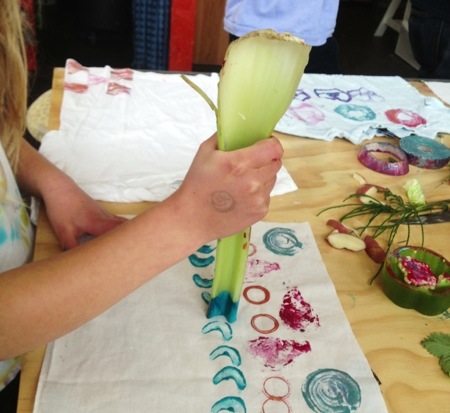
Beware: mess ahead. It wasn’t long before someone stuck their finger in the jar of ink to get different colors on specific parts of the pepper. Before I could say ‘whoa’, students were using their fingers and hands to paint on the fabric.
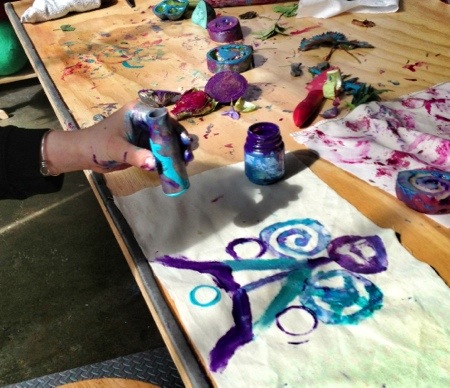
Art is supposed to be messy and fun, but fabric ink is expensive and not meant for hands. Next time I will spend more time explaining the difference between finger paint and fabric ink. The kids were having so much fun exploring, it was hard to pull back on the reins.
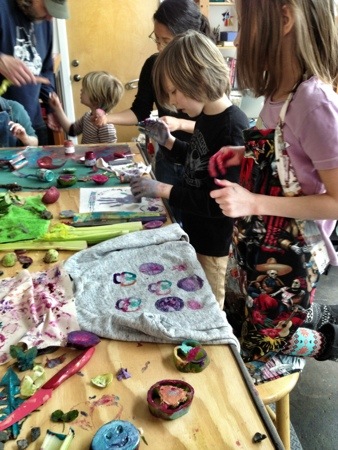
This student had a plan from the beginning. Working with a pocket knife (and his mother’s approval) he started by carving a handle, then squaring the sides of his potato. Next he cut lines in the potato and made some test prints to get his design just right.

His younger brother inked some evergreen fronds, bell peppers and onions, with his mother’s help. It was delightful to see the result of their careful and thoughtful work.

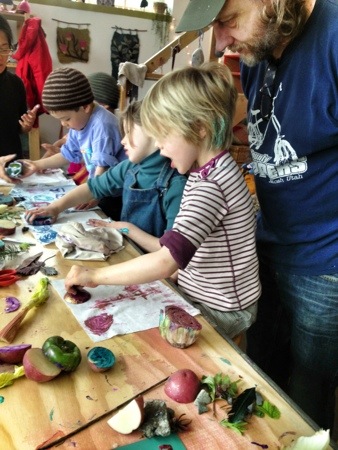
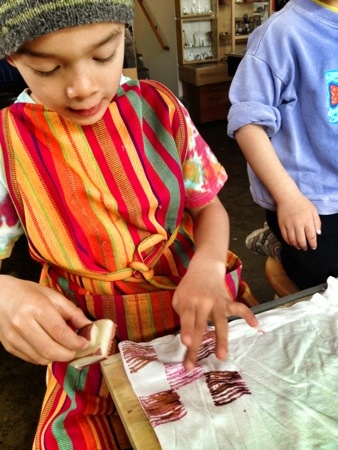
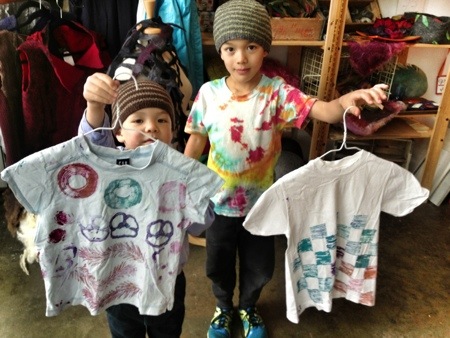
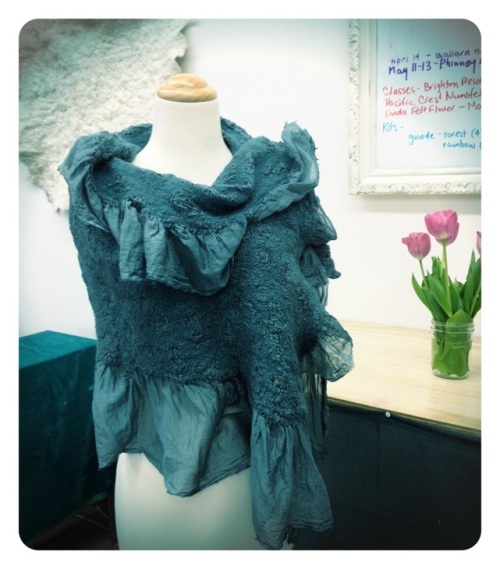
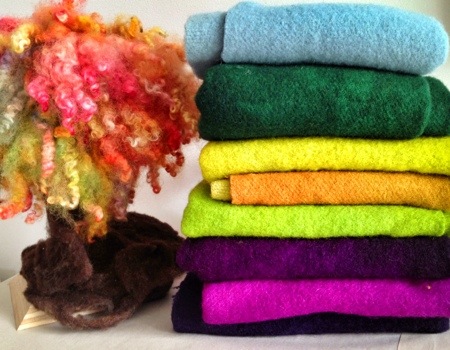

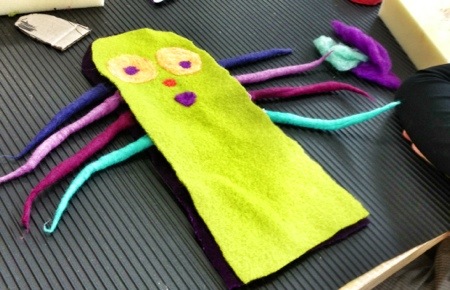
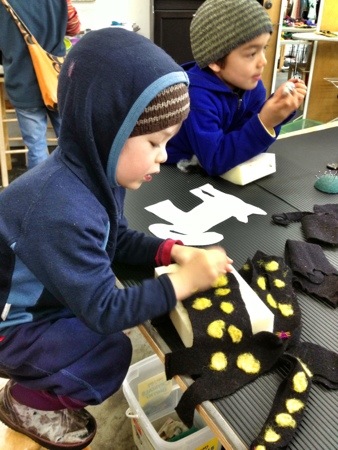
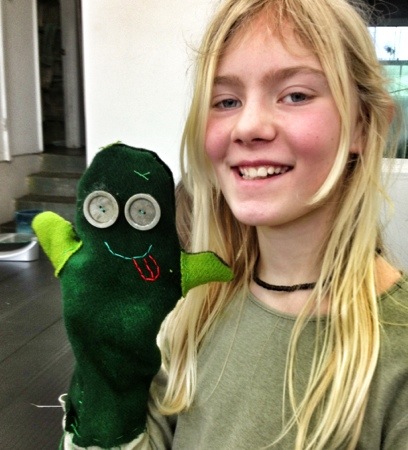
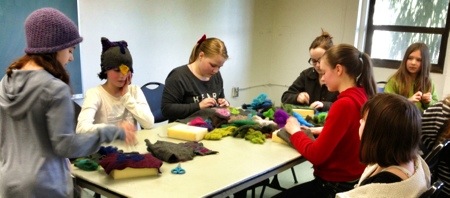

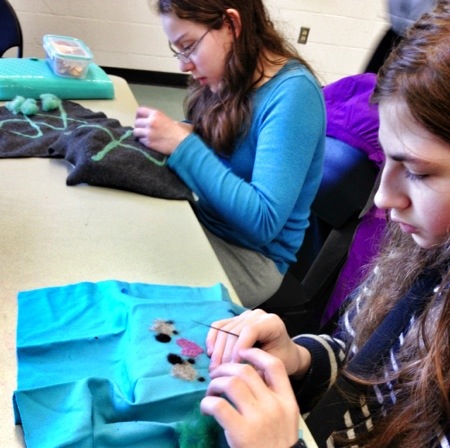
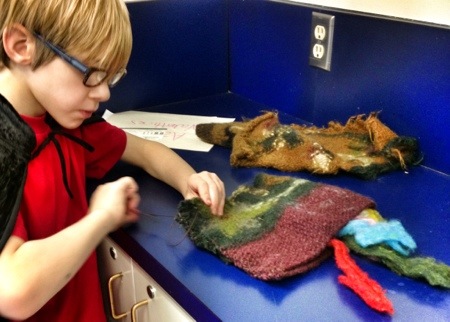

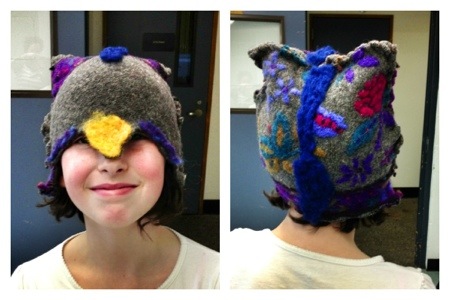





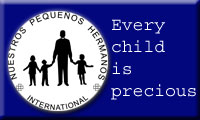

You must be logged in to post a comment.